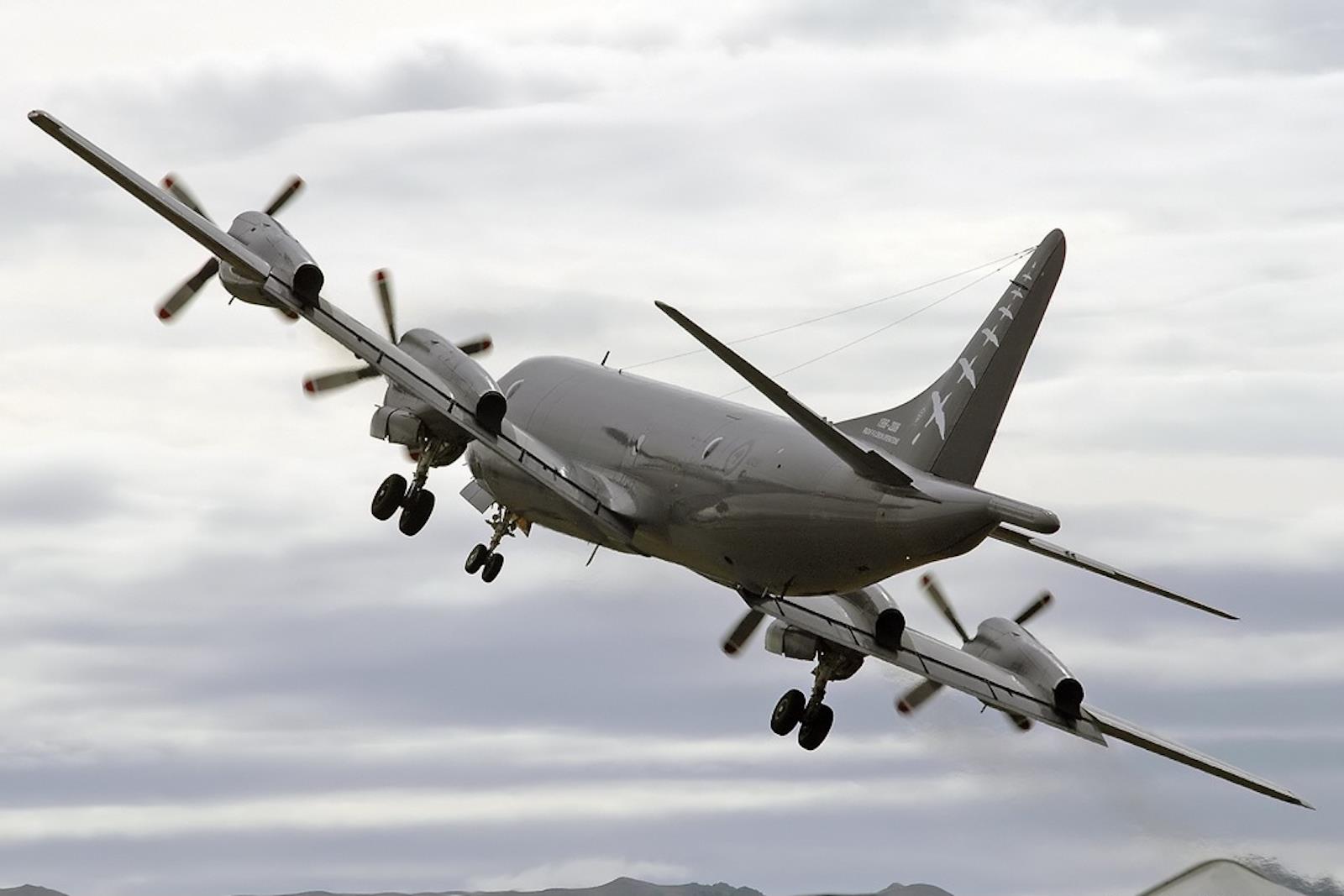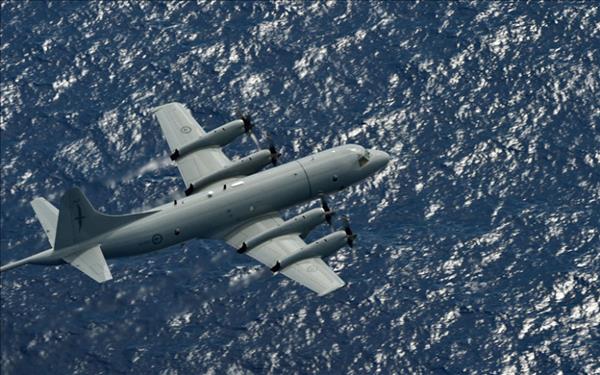(MENAFN- Asia Times) In the crisp pre-dawn hours 55 years ago, I boarded a Royal New Zealand Air Force (RNZAF) P-3 Orion maritime patrol aircraft at Auckland's Whenuapai airbase for a long-range navigation exercise, tracking participants in the annual Auckland-New Caledonia yacht race.
It was only two years after New Zealand had taken delivery of the military version of the Lockheed Electra, the first country outside the United States to be equipped with the sophisticated submarine hunter that was to ultimately serve in 18 air forces around the world.
The next 14 hours were spent flying over remote waters north of New Zealand, getting a rare insider view of the P-3 at work while being asked to avert my eyes when I walked through an area packed with radar screens, even if I had no idea what I was looking at.
Despite the secrecy, the pilot, Group Captain Mal Gunton, did tell me that the distinctive magnetic anomaly detector, the MAD, which protrudes from the back of the plane, could detect a four-gallon tin floating in the ocean 7,000 feet below.
It was late evening when the P-3 made an instrument approach through thick clouds into Whenuapai at the conclusion of one of tens of thousands of flights No 5 Squadron aircraft would eventually make before the P-3s were taken out of service this week.
As it was, the RNZAF has had to retire them sooner than it wanted. Because of high levels of attrition, the air force can't introduce its four new Boeing P-8 Poseidon reconnaissance aircraft and maintain P-3 operations at the same time.

Integrated with Harpoon Block II air-launched missiles and lightweight torpedoes, the P-8I reconnaissance craft turns into a deadly sub-killer that can also launch anti-ship missiles. Credit: Handout
The operational gap is worrying. New Zealand and Australia are both acutely aware of the need to extend their reach across the Pacific islands, where China has sought to strengthen its influence in recent years, particularly in the Solomon Islands.
Providing emergency assistance during natural disasters, such as the eruption of Tonga's giant underwater volcano in 2021 and the frequent cyclones which smash into flood-prone Fiji, is a major part of that.
With three of its nine naval vessels idle in port because of personnel shortages, New Zealand's Defense Force Chief Air Marshal Kevin Short told Parliament last month he was concerned the military might be unable to do all the government asked of it.
New Zealand, which spends 1.5% of its budget on defense, far lower than the world average of 2.2%, is currently reviewing its defense policies in light of regional geopolitics and climate change, the latter a critical concern for low-lying island nations.
For the past five decades, the P-3s have scanned for submarines and intruding fishing trawlers and flown countless search and rescue and disaster relief missions around New Zealand and across the vast reaches of the Pacific – and points west as well.
In March 2014, one of the aircraft joined the unsuccessful search for the Malaysian Airlines MH 370, which disappeared over the Indian Ocean with 239 passengers and crew aboard.
All told, the No 5 Squadron's P-3s have flown an estimated 50 million kilometers, the equivalent of 1,300 times around the globe, 100 times to the moon and back or more than 11 hours continually in the air – all the while consuming 250 million liters of fuel.
“We have an enormous area to cover,” says RNZAF commander Air Vice Marshal Andrew Clark.“New Zealand's search and rescue region literally goes from the South Pole to the equator, halfway to Australia and halfway to Chile.”

The Orion P-3 in flight. Image: Twitter
Lockheed delivered 650 P3s before they ceased production in 1990, 30 years after the last Electra rolled out of its California plant; the only Asian air forces that still include them in their inventories are Japan, South Korea and Taiwan.
So familiar have isolated New Zealanders become at the role played by the four-engine turbo-props that tens of thousands spilled outside on Tuesday (January 24) to watch three of the planes make a farewell, low-level flight around the country's North Island.
Only last week, an Orion conducted its final mission, locating six missing Kiribati fishermen 2,000 kilometers north of Auckland.“For many people missing at sea, the sight of an Orion coming towards them will be one they never forget,” said rescue coordinator Justin Affan.
In 2001, New Zealand disbanded its two air combat squadrons, equipped with aging McDonnell Douglas A-4 Skyhawks, which had first entered service in the late 1960s, and said it intended focusing all its attention on maritime reconnaissance and transport.
Still, it was another 17 years before the government made the decision to invest US$2.53 billion in the Poseidons, the civilian version of the Boeing 737-800. The first of the new aircraft was delivered last month, with the rest to follow this year.
It was a major capital expenditure, but one which underlined the importance New Zealand attaches to surveilling its 4.3 million square kilometer economic exclusion zone (EEZ), 15 times bigger than its land mass and the fifth largest in the world.
Australia, which has the world's third biggest EEZ, received the last of its 12 P-8As in 2019 in a deal worth about $5.5 billion; it is buying Northrop Grumman MQ-4C Triton drones to use in conjunction with the P-8s in operations over the Pacific and Indian Ocean.
The RNZAF has been a lot slower to replace its work-horse fleet of five Lockheed Martin C-130H cargo planes, three of which were the first to come off Lockheed's production line in 1965.

New Zealand has been slow to replace its C-130H cargo planes. Image: Facebook
Plans to buy the later J model fell apart under the Labour government in 1999, and it was only in 2020 that Auckland went ahead and ordered the newer version, with deliveries due to commence next year.
The RNZAF is used to flying old aircraft. During the Vietnam War, its ancient Bristol Freighter 170s – often described as 7,000 rivets flying in formation – always attracted a curious crowd when they flew into Saigon's Tan Son Nhat airport on resupply flights from Singapore.
But even with the Orions, RNZAF crewmen have had to put up with somewhat outdated amenities. Apart from being quieter, the P-8s have flushing toilets. The P-3s had only a bucket.






















Comments
No comment